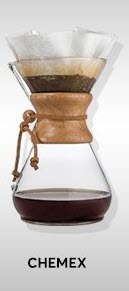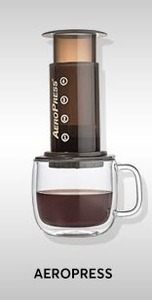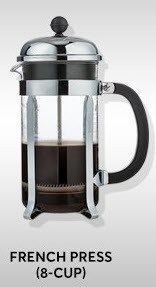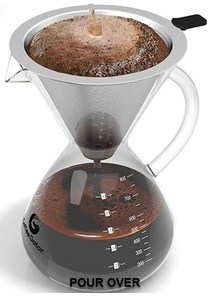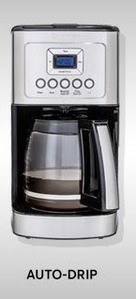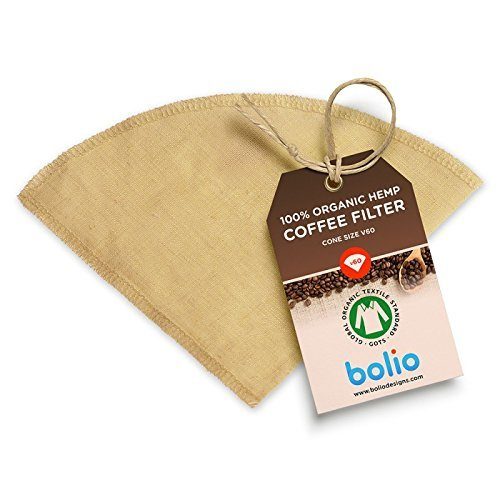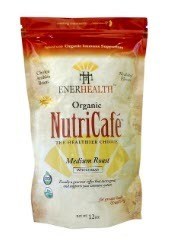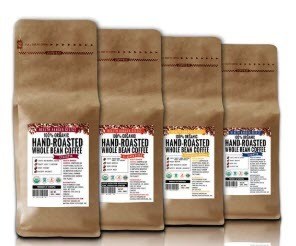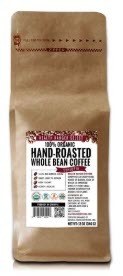- You are here:
- Home »
- Blog »
- Natural Solutions »
- How to Get the Best Cup of Coffee Naturally – Without More Effort
How to Get the Best Cup of Coffee Naturally – Without More Effort
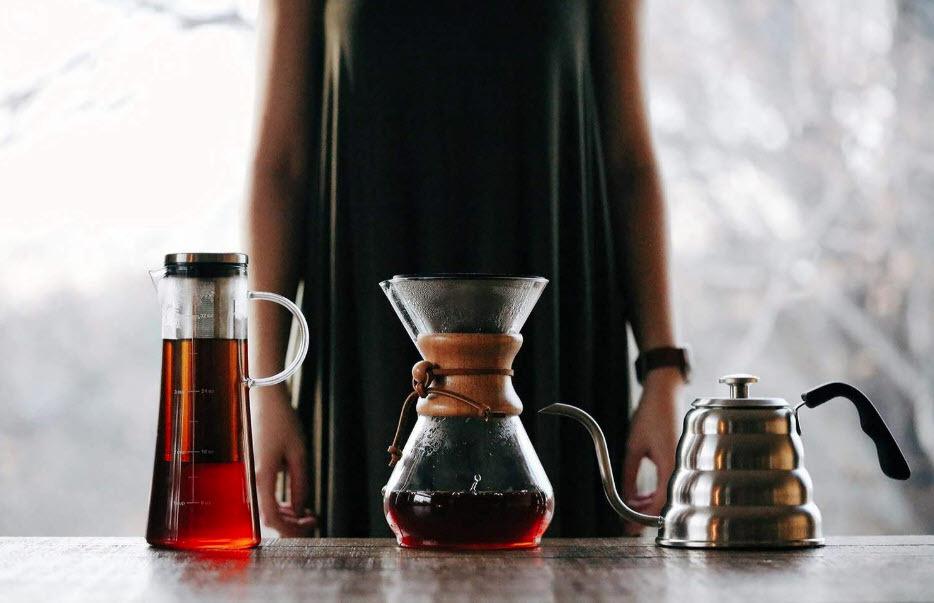
Americans still have a strong desire for a good cup of coffee, despite the potential drawbacks covered in the series on getting off the bean.
The fact is our favorite caffeinated beverage, even over Coca-Cola, is coffee. A third of our population drinks coffee daily.
According to Consumer Reports, Mintel– a market research firm, reports that coffeehouse sales have expanded 41% in the last 6 years.
However, if you are going to drink coffee this post will tell you how to make the best cup of coffee you will ever drink- taste-wise and health-wise as well.
If you get the right tools and the right coffee, it won’t even take that long to brew up a cup of coffee unmatched at any shop.
With all that coffee shop buying, it is no surprise that when people do make their coffee at home, they prefer a no-frills, auto drip coffee maker.
However, Consumer Reports conducted a small test with two expert tasters and discovered that you can get a much better quality cup of coffee without much more effort.
If you are a coffee drinker and really want to brew a good cup of coffee, the following article will help you choose the most natural method which also had the highest rating by Consumer Reports.
I drink an occasional cup myself, but quickly found after making some low cost purchases that I was drinking the best coffee I had ever tasted. I also discovered that it was pretty easy to do as well.
Key Steps
- Select the highest quality coffee bean that matches your taste preference. (The beans below are some of the best I have found anywhere.)
- Keep them fresh. (I freeze mine until I am ready to brew taking out as much as I need and then putting the closed bag back into the freezer.)
- Grind them fresh as needed.
- Use a good brewing method (see suggestions below).
- Brew it fresh which only takes minutes.
- Enjoy!
I am speaking from experience too because everything in this post I have done including using the beans below which are truly highly quality (and lab certified, heavy metal tested to boot).
Use the suggestions in this post and I am certain you will not be disappointed.
Pick Your Brewing Method
The first step in brewing that perfect cup of coffee is to select your brewing method. Consumer Reports tried five different methods pictured and described below:
Here is how they rated each method:
Chemex
Tasting Notes: Complex, aromatic, and balanced brew with sweet, juicy undertones. Pros and Cons: The thick Chemex-branded filters regulate the filtration rate and keep sediment out. The carafe is easy to pour, but the narrow neck makes it difficult to clean by hand. The wooden handle isn’t dishwasher-safe, but it can be easily removed.
Aeropress
Tasting Notes: Fairly complex coffee with good body and aroma.
Pros and Cons: Perfect for when you want a quick, single-serving cup without sacrificing flavor. It’s easy to use and clean, and produces coffee that is more complex than drip but just a touch less so than the other methods below.
French Press
Tasting Notes: Flavorful and full-bodied.
Pros and Cons: Without a paper filter, this coffee retains its natural oils, creating a bolder taste. The mesh filter holds back most of the grounds, but small, powderlike coffee grounds (called “fines”) can remain in the brew, creating a somewhat viscous cup. Grind selection size is important to eliminate fines.
Pour-Over
Tasting Notes: Full, juicy, and sweet flavors that aren’t too aggressive, with a smooth mouth-feel.
Pros and Cons: This type of brewer is easy to clean and takes up just a little space in your cupboard. You can also brew coffee directly into your mug, minimizing dirty dishes.
Auto-Drip
Tasting Notes: Less control over your brew can mean a slightly more astringent cup with slightly lower complexity than the other alternative methods. But if convenience is more important than perfection, auto-drip is a good choice.
Pros and Cons: Auto-drip makers are popular because they’re easy to use and clean, and they brew coffee quickly. But expert tasters noted that the coffee’s fruity, somewhat sweeter notes were masked by a sharper acidity. Can also tend towards a more bitter brew.
Tips on Selection Method
The French Press method is popular and works well to produce a nice cup of coffee. The grind is important and varies a bit according to your taste. Getting the proper grind is important because it can impact clean up and taste.
The recommended grind is coarse and because of its larger size requires a bit longer brew – about 4 minutes. The “fines” that Consumer Reports (CR) tasters mentioned can be eliminated by using the correct grind.
The French Press can produce a bolder flavor as the CR tasters noted. However, this can be adjusted by amount of grind used per cup (1 tablespoon of grind per cup is the recommendation) and length of brew time.
For a bolder, stronger taste use more coffee or even a bit finer grind and a little longer brew time. The finer the grind, the stronger the taste but you will run into the “fines” issue with smaller grinds so you may require a second strain as you pour the brew into your cup.
Select the drip method if you brew larger amounts, for entertaining or are a frequent coffee consumer. Drip, as Consumer Reports noted, does tend towards acidity. If you prefer an acidic coffee and more bitter taste as well and drink coffee frequently this would be your best bet.
Aeropress was not as highly rated as the pour-over or chemex. So, if considering a purchase you may want to simply select the pour-over.
The chemex or the pour-over are fairly similar. I selected the chemex after a little amazon research and review reading.
As noted by CR, it is a bit more difficult to clean with the narrow neck. This may not be a big issue if you are not a heavy coffee drinker, to be a significant enough criticism to reject this technique as a choice.
The pour-over seems to be rated at about the same flavor level as the chemex likely because the brew methods are similar.
Chemex has the edge appearance wise in my view (looks more stylish and that wood holder gives it a nice natural appearance). However, the convenience of the pour-over makes it a good choice as well.
At any rate, both work similarly well. Both are easy to use. They both also eliminate the grinds or fines issue with the filter as you only get the beverage.
Gather a Few Tools
The keys to the best cup of coffee are:
- Selection of beans
- Freshness of the grind
Even after one hour America’s Test Kitchen concludes that the taste begins to degrade (likely due to oxidation from exposure through grinding). That’s why it is important to select a good grinder if you want that best cup of coffee.
Manual hand grinders are inexpensive compared to the electric burr grinders. Blade grinders, on the other hand, vary by capacity. Most are already electric.
The first suggestion, apart from selecting a high quality bean, is to select a good quality burr grinder.
It can be electric or manual. The grind will be the same either way because of the blade set up. Electric for the heavier user and manual for the occasional drinker would be the way to go here.
America’s Test Kitchen reviewed a good sampling of grinders, both burr and blade, and the top recommendations are noted below. Step one for the home grinder is to select a good burr grinder.
Invest in a Burr Grinder
CR had this to say about the burr grinder:
For a smooth, well-rounded cup, the size and shape of the coffee grounds matter. The helicopter motion of a blade grinder produces uneven-sized grounds, while a burr grinder uses abrasive, cylindrical surfaces (the burrs) to crush beans into a uniform grind size consistently.
Burr grinders also have different settings, so you get the right consistency for the brewing method you’re using. “Burr grinders are typically pricier than blade grinders,” says 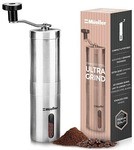 Amy Keating, R.D., a Consumer Reports dietitian who led our coffee testing, “but are worth the expense if you’re looking for a more balanced brew, which may result in a tastier cup.”
Amy Keating, R.D., a Consumer Reports dietitian who led our coffee testing, “but are worth the expense if you’re looking for a more balanced brew, which may result in a tastier cup.”
I’m nor sure why Amy, CR’s dietitian, suggested that burr grinders are “typically pricier than blade grinders”. A little shopping seems to produce a similar range of prices for either.
There are a wide variety of burr grinders on Amazon with a very affordable low to higher priced selections.
Burr electrics do tend a little higher than blade electrics but not significantly. I selected the one pictured here for about $30. I find that it works just fine for my needs.
You can grind while sitting stationary, standing or even walking around. It is light and easy to clean with the brush it comes with. Also, the ceramic burrs are easy to adjust for different grind sizes by tightening or loosening the burr screw.
Automated Burr Grinders
If you would like to watch an Equipment Review video on the Best Coffee Grinder, a good one is available from America’s Test Kitchen at the bottom of this post. They too preferred the burr grinder because of its consistency of grind and hands off abilities. They also recommended it for home usage over the blade.
If you would like to save viewing time, the top 3 recommendations from the test kitchen reviews are as follows:
- Baratza Encore Conical Burr Grinder
- Capresso Infinity Conical Burr Grinder
- KRUPS Electric Spice and Coffee Grinder
However their taste tests, even with coffee tasting experts, were split on which coffee grind type they preferred. They concluded that all of the grinders tested made good coffee. Nevertheless, they also noted that the coffee industry prefers the burr over the blade because they offer consistency of grind day after day – which would mean a smoother cup of coffee as well in the end result.
If one were to select an electric burr that would also means hands off operation as well.
Grind Sizes
The consistency of the grind, as CR’s tests noted, determines the smoothness of the flavor. The size of the grind is determined by how you intend to brew it. Suggested grind sizes for each brew method are listed on the chart below:
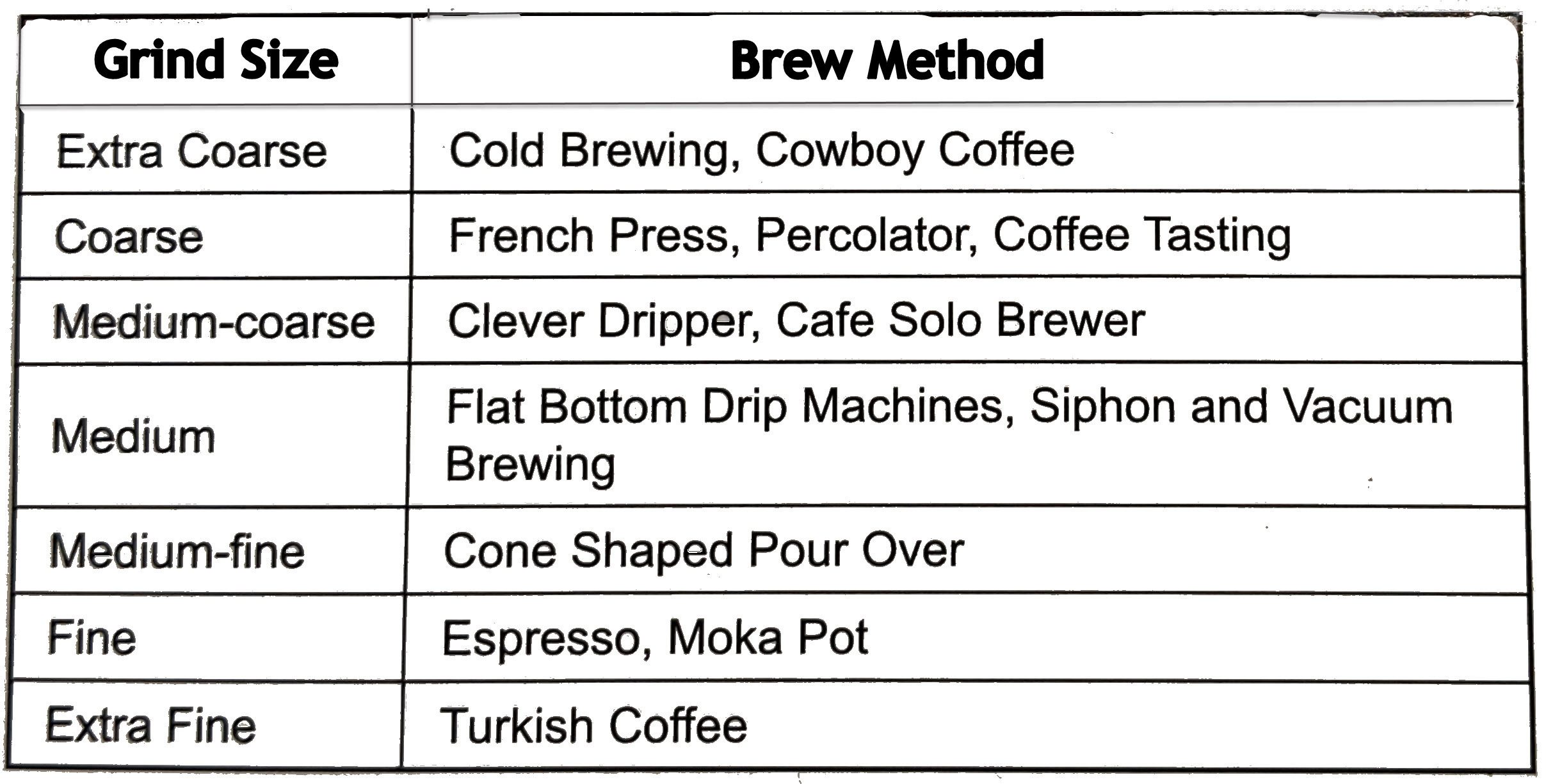
Grind sizes appear in the following picture:
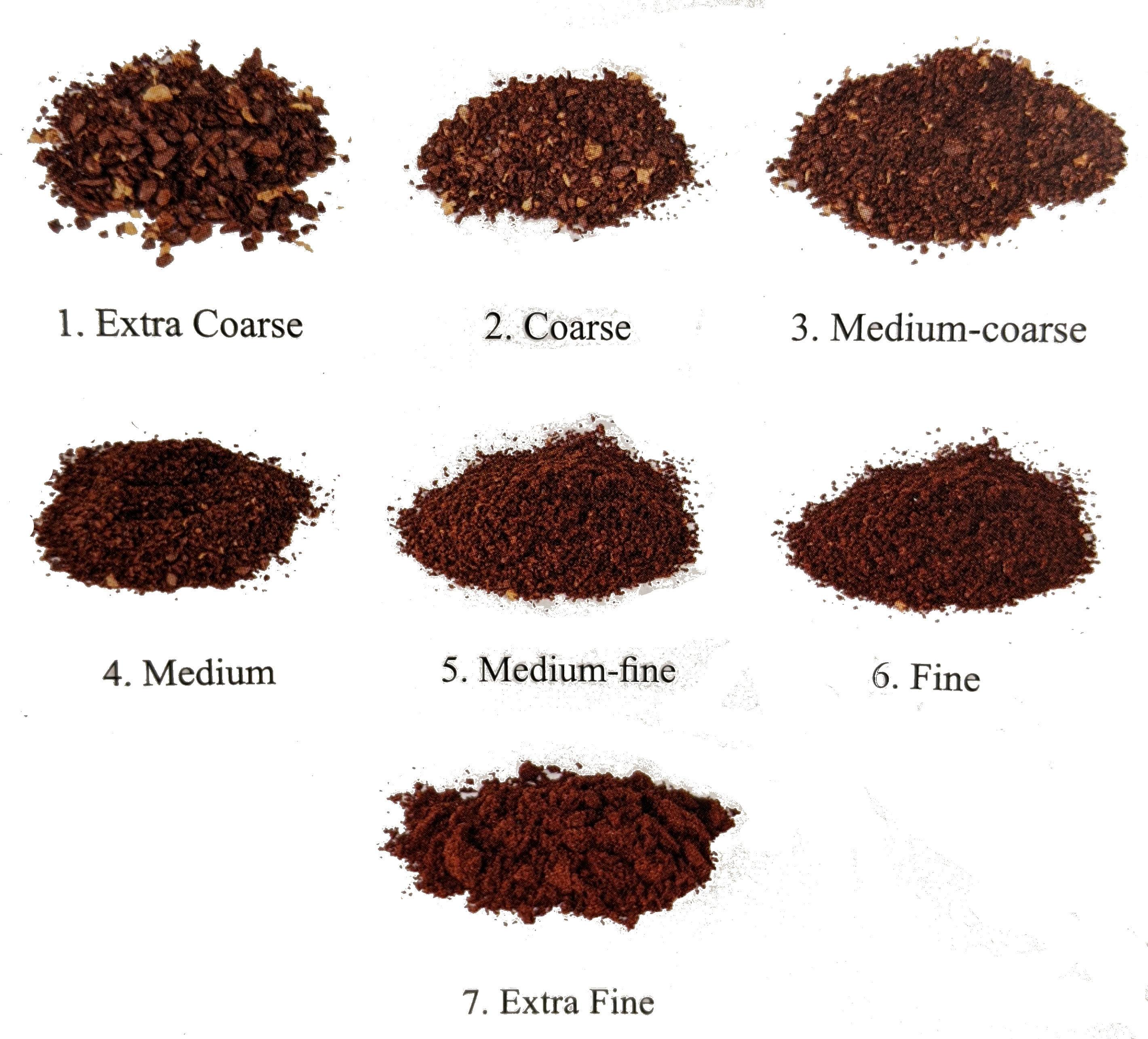
You can read more details on grind sizes in this article.
Coffee Filters
Natural unbleached paper coffee filters work well and are not costly. They can be discarded with the grinds easily as well. No. 2 size works for the normal size pour over or chemex. A larger size would require a No. 4.
Another option which I have found helpful is a 100% organic hemp coffee filter. Not expensive, works as well as a paper filter, cleans easily and is durable eliminating the need to replenish your supply of filters.
A few suggestions on the hemp filter. Clean, as suggested, immediately after use which preserves the life of the filter. If draining slowly, lift slightly and return to its seat. This seems to remove any potential air locks and may improve the filtration speed without harm to the quality of the brew.
Water Temperature
There is an optimal brewing temperature for that perfect cup of coffee which is 195° to 205° F. The easiest way to get this is to buy a goose neck brew pot which has a temperature gauge included. I searched around and found a really nice one that I picked up from a YouTube video on using the chemex style brewer. It was reasonably priced and has 346 reviews with an overall rating of 4 1/2 stars.

Works great for me. The temperature gauge makes it very convenient to get the perfect cup brewing temperature. You simply heat it until the arrow on the gauge reaches the red zone. Once in the red zone, your water is at the best brewing temperature.
Recommended Way to Use the Goose Neck
- Pour around the grind area in your filter until all the grinds are soaked.
- Wait about 30 seconds Pour the remainder of your water over the grinds and let it drip into the cup. This helps to produce a more even flavored brew is the claim.
- Use a circular pouring path on the grinds to get an even distribution of water which the goose neck makes very easy to do.
This kettle may also be used for green tea or herbal teas as well using the same temperature range.
A very good tool to have for that perfect brew. Well made from stainless steel. it has about a three cup capacity, assuming an 8 oz. cup. It is worth the investment if the quality of your cup of coffee is the goal.
Coffee Beans
With the wide variety of beans available, bean selection could be a post in and of itself. I’ll limit this to the best choices from a Consumer Reports point of view as well as my natural bias towards organic coffees (which CR seemed to agree with as well).
Since, I drink my coffee (and teas) with no added sugar or cream, the selection of quality is very important to me. I taste the quality of the brew, not masked by sweetness or muted by cream etc. (Oat milk and grain milks are substitutes for those avoiding dairy btw.)
The two main types of beans are arabica and robusta.
Robusta beans are less expensive because they are easier to grow.
Arabica according to CR makes better coffee. It would seem that arabica would the better selection if high quality is your desired result.
Roasts- Pick Your Preference
- Light– light brown and have a more sour taste
- Medium– medium brown and have an oily surface. Can have a bright acidity but the aromatics (floral, fruity, berry, etc.) are still evident
- Dark– rich brown color, oily surface, acidity faded a bit over the medium which brings out a slightly bitter aftertaste. French roasts are dark roasts.
- Darker– shiny, oily surface, well done there is still some good acidity to liven up the cup. run the gamut from dark to charred. Italian and some French roasts. Tend to run a bit more towards the bitter side.
For natural brews, select organic (grown without synthetic fertilizers and pesticides, about 92 added chemicals are used with commercial coffees).
Rainforest Alliance Certified means limited pesticides with good soil conservation and the workers were treated fairly.
Fair Trade Certified means sustainable production and fair prices for farmers. Pesticide use is limited. No forced or child labor.
C.A.F.E. is a Starbucks term meaning Coffee and Farmer Equity. According to Starbucks it means that these guidelines developed with Conservation International “help our farmers grown coffee in a way that’s better for both people and the planet.
Below are some good organic choices which have been tested for chemicals, pesticides and heavy metals. I tried to select the highest rated beans for each roast. There are a wide selection of beans available online.
The beans below give you a starting point. The selections available should suit any taste and need.
Whole Foods also typically carries a nice spread of beans as well, some locally owned but very likely not locally grown unless you live more tropically where most of the beans are grown and harvested.
Putting all this suggestions together though, if you are a coffee lover or even just want to enjoy the occasional cup, these recommendations will upgrade your final product to a level you may have never experienced before.
Get ready to become a coffee snob and enjoy!
Organic Coffee Beans – Low Heavy Metal Verified
Some suggestions on USDA Organic, Hand-Roasted Whole Bean Coffees– All of which have been low heavy metals verified and non GMO and Fair Trade suggested below:
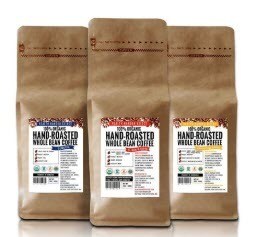
100% Organic Hand-Roasted Whole Bean Coffee Variety (3 Pack) Sumatra – El Guapo Blend – Honey Processed Honduras – Low Heavy Metals Verified
Related Posts
Should You Take Drugs to Cure COVID-19?
Free Survival Nutrition Course – 8 Hours Plus PDF
Is Holistic Oral Care a Forgotten Part of Your Natural Health Treatment Plan?
What’s For Dessert? Superfood Fudge
8 Common Herbs With Amazing Health Benefits
Four, No-Cost, Natural Life Hacks for Creating a Healthier Emotional State
The Secrets of Sugar – A Canadian Broadcast Presentation
Four Tips to Help You Make Sure That Your Supplements Are Safe

